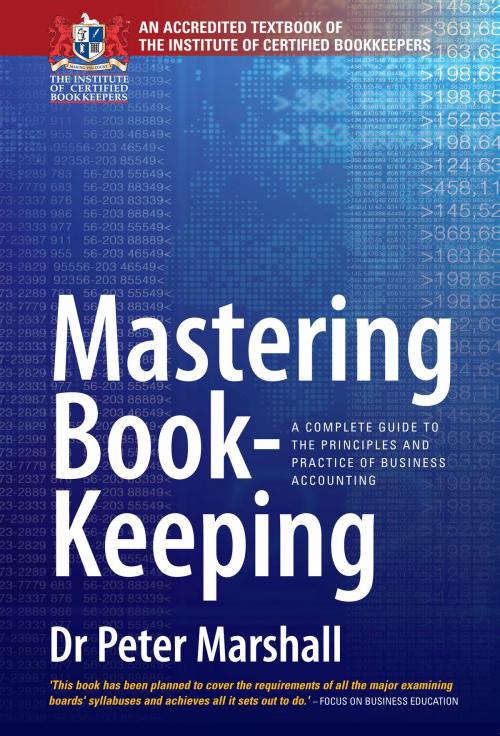| Author: | Peter Marshall | ISBN: | 9781848034464 |
| Publisher: | Little, Brown Book Group | Publication: | June 1, 2011 |
| Imprint: | How To Books | Language: | English |
| Author: | Peter Marshall |
| ISBN: | 9781848034464 |
| Publisher: | Little, Brown Book Group |
| Publication: | June 1, 2011 |
| Imprint: | How To Books |
| Language: | English |
Double-entry accounting can be easy if it's explained well, and Mastering Book-keeping does just that. Now in its updated 8th edition, this popular book has helped thousands of people to get to grips with book-keeping. It explains the principles and practice of book-keeping sequentially, and includes: - The daybooks and ledger accounts - End of year accounting - Sole proprietorships, limited companies, partnerships and not-for-profit organisations - Using computers for accounting - Accounting for VAT - Progressing to more advanced management accounting - The implications of the Data Protection Act 1998 on book-keepers Plus step-by-step guides to compiling a balance sheet, depreciation, accounting for bad and doubtful debts, and much more. Everything is made clear with easy-to-follow explanations. Typical transactions are illustrated throughout to make the information even easier to understand. This book is suitable for those preparing for the examinations of ICB, AAT, IAB, OCR, AQA and all other courses in book-keeping and accounts.
Double-entry accounting can be easy if it's explained well, and Mastering Book-keeping does just that. Now in its updated 8th edition, this popular book has helped thousands of people to get to grips with book-keeping. It explains the principles and practice of book-keeping sequentially, and includes: - The daybooks and ledger accounts - End of year accounting - Sole proprietorships, limited companies, partnerships and not-for-profit organisations - Using computers for accounting - Accounting for VAT - Progressing to more advanced management accounting - The implications of the Data Protection Act 1998 on book-keepers Plus step-by-step guides to compiling a balance sheet, depreciation, accounting for bad and doubtful debts, and much more. Everything is made clear with easy-to-follow explanations. Typical transactions are illustrated throughout to make the information even easier to understand. This book is suitable for those preparing for the examinations of ICB, AAT, IAB, OCR, AQA and all other courses in book-keeping and accounts.















